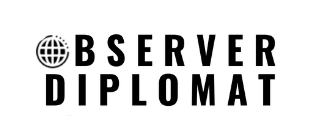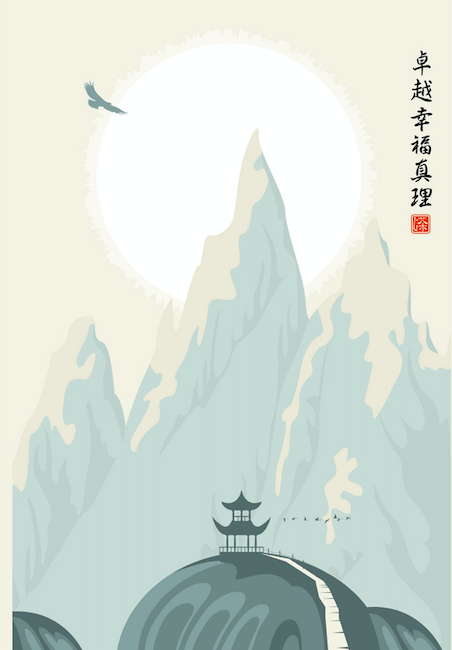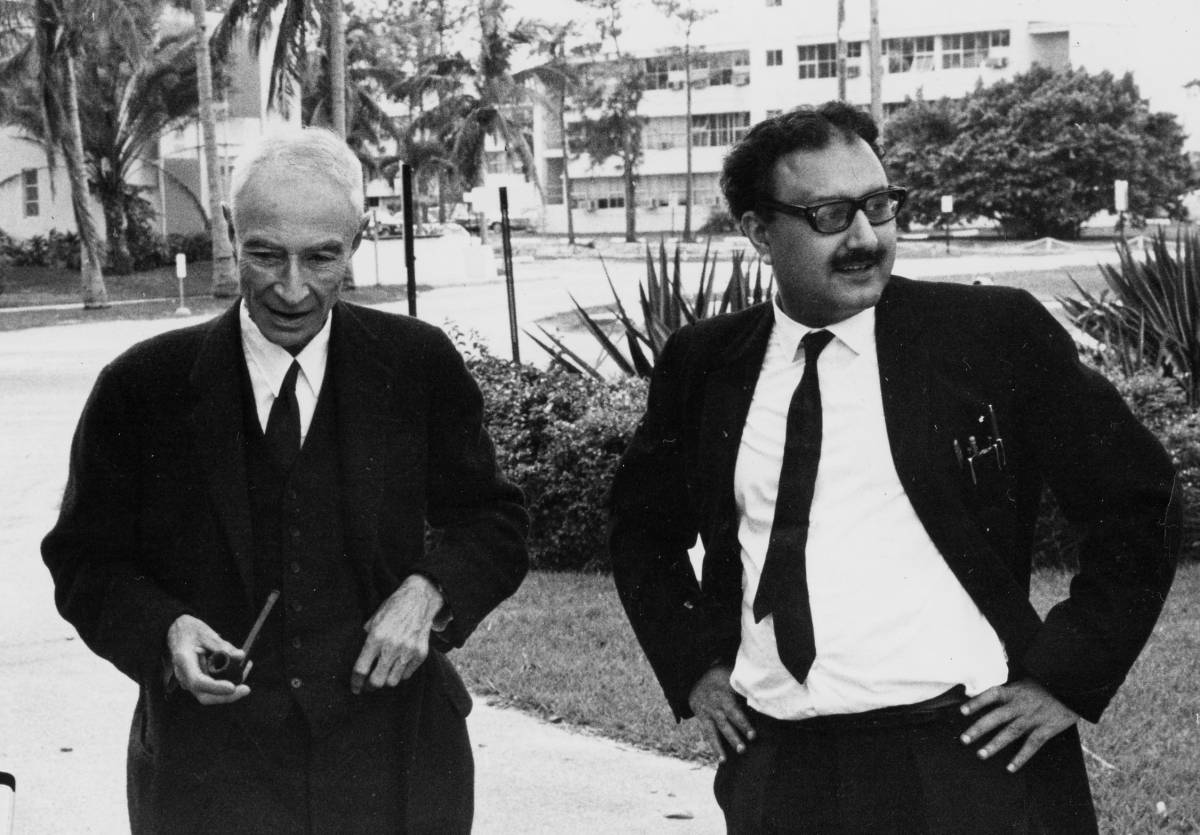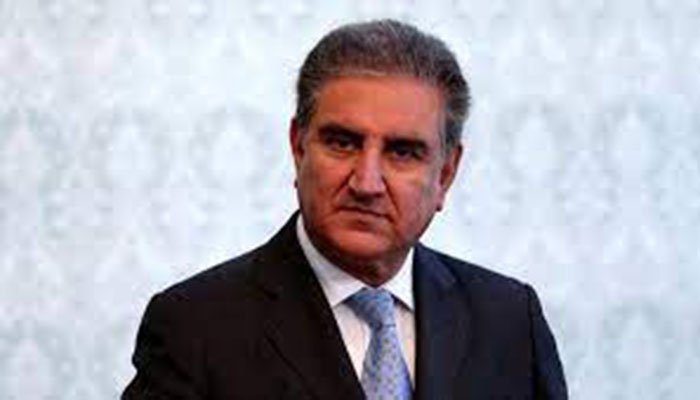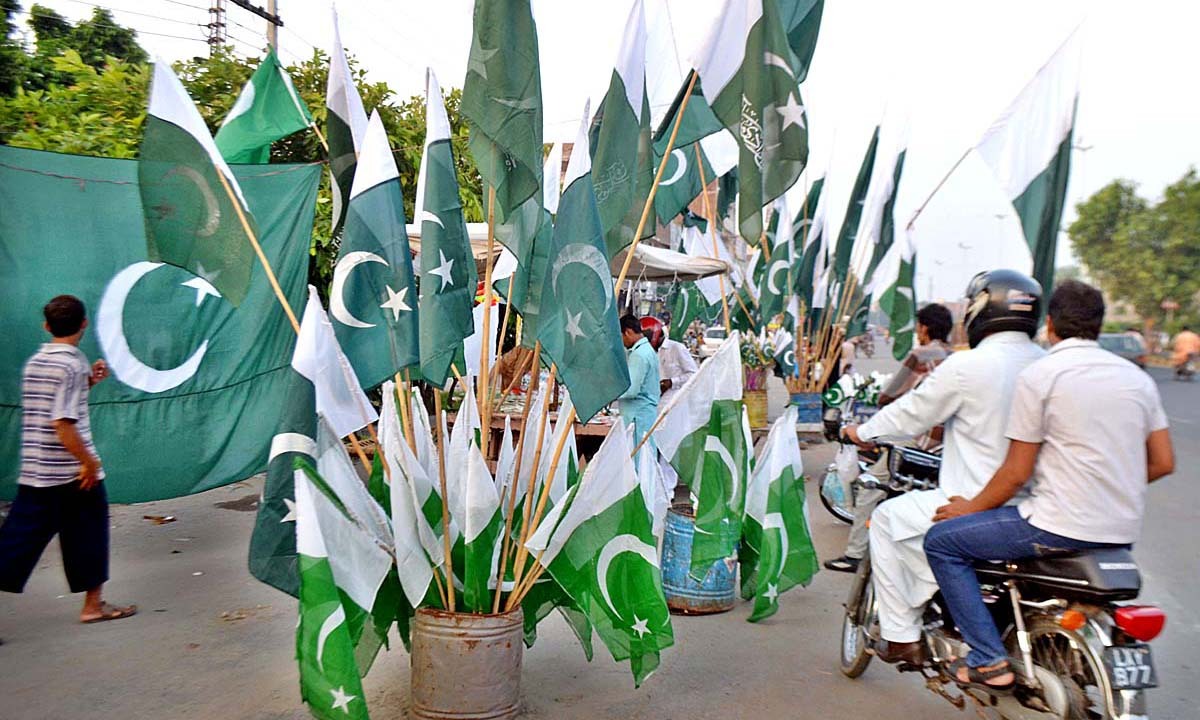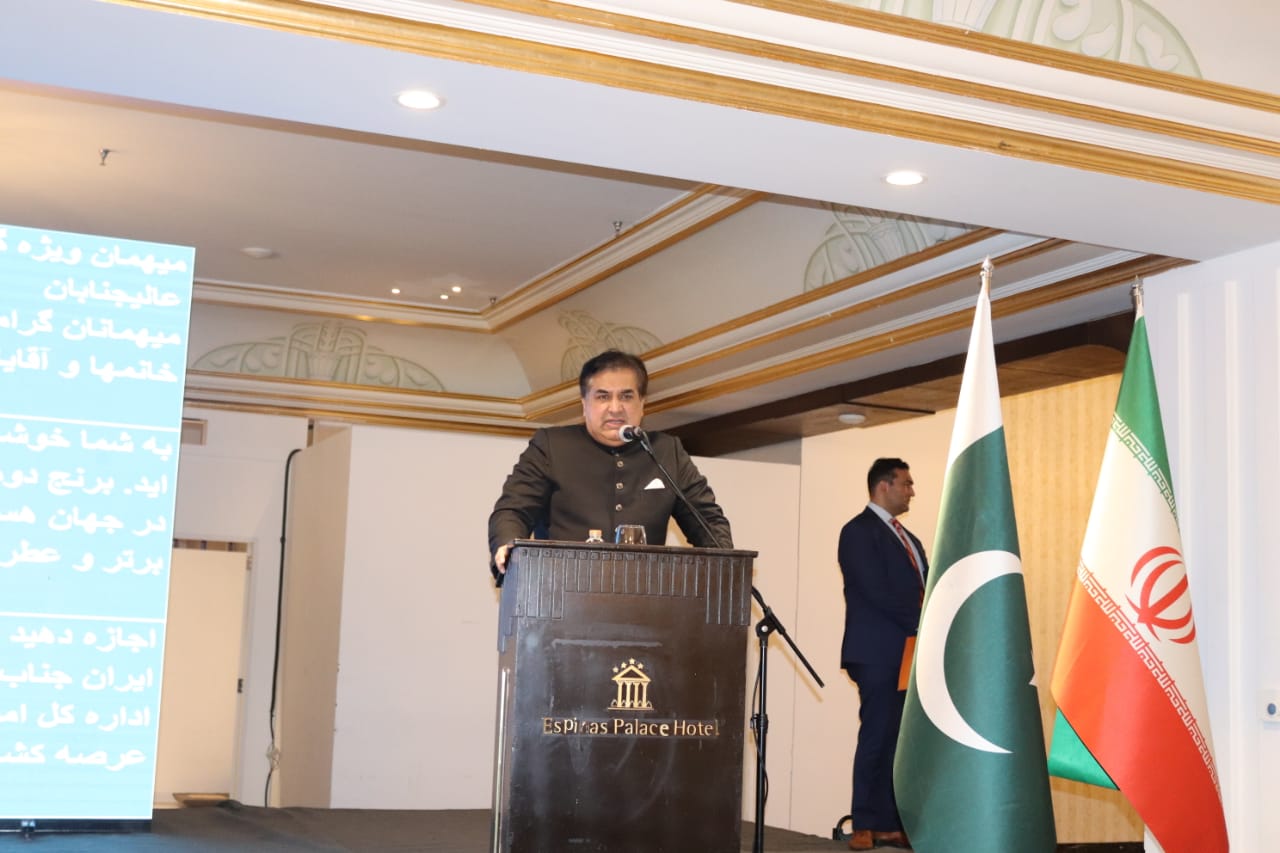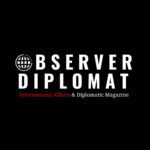In a new iteration of an old historical pattern, the strategic initiatives of great power states are shaping urban form. Driven by infrastructure development, Chinese finance, and a massive geopolitical gambit, these cities and urban areas will bear the unique features of twenty-first century globalization, and will be critical to the century’s unfolding politics.
The BRI is the signature foreign policy initiative of President Xi’s stewardship of the Chinese Communist Party. It is the material component of Xi’s ‘China Dream’: a vision that sees China as the guiding force in a shared ‘community of human destiny’. And if the BRI realizes the ceilings of its grandiose ambitions in the coming decades it will significantly redraw the structures of international order and the world economy. The scale and ambition of the BRI means that if it is successful the globalization of the twenty-first century may well have Chinese characteristics.
To be sure, there are reasons to be skeptical of such a grand vision and adventure. But with an estimated eventual investment of over $1.5 trillion, and a projected completion date of 2049, it has the potential to redirect the forces of globalization at just the point where Western powers are seemingly losing faith in a project they have led since the end of World War II. As leading liberal powers such as the United States and United Kingdom have been turning inwards, building walls, and letting old alliances fray, China is reaching outwards, seeking to enroll new allies into the BRI (over 60 countries at present), and offering new narratives for an interconnected Eurasian centered world.
The ‘Belt’ and ‘Road’ is actually six economic corridors across Eurasia, and three maritime routes. These, together, are intended to form the material backbone of an interconnected system of transport, energy and digital infrastructure that would gradually develop into a large Eurasian common market, stretching from the Pacific to Europe. At its heart, it is a vision of a trading order in which China generates, redirects, and captures global supply chains.
One of the key ways in which visions of order and society are expressed and materialized is through urban form: through the design and development of cities and the infrastructures that connect them across states and regions. The French philosopher Henri Lefebvre famously observed that ‘(social) space is a ‘social’ product.’ This means, in part, that cities bear the imprint of the political philosophies and the economic models and processes that shape them. And those processes, whether they are to be found in U.S.-led or China-centered globalizations, draw on many different cultural and political worlds. Looking around his own city, the geographer Ed Soja once observed: ‘Everywhere seems also to be in Los Angeles.’ World orders, in other words, influence world cities. And emblematic cities (Rome, London, New York) go on to influence and shape world order in turn.
This is why understanding the relationship between grand strategy, geo-economics, and urban form will be essential to policy makers and scholars attempting to come to terms with the evolution of international order in the twenty-first century.
The Belt and Road City, both inside and outside of China, is likely to have very different features to the ‘Global Cities’ that have thrived during the U.S. led liberal global order. Those global cities emerged within the structure of an open, liberal global trading system, underpinned by U.S. financial power, organized via the set of international organizations set up at Bretton Woods after World War II, drawing strength from a deregulated form of finance capital, which they also directed and organized. We see in the state led creation of this type of global economy, the tight linkage between powerful states, international order and cities: the ‘global city’ emerged and thrived within a particular structure created and sustained by powerful states. We should expect to see just such a connection between China, the Belt and Road grand strategy, and the emerging Belt and Road Cities.
But what forms will such cities take? These are cities still finding their form, and subject to the flux and flow of geopolitics.
But we can offer some preliminary observations. Whereas the “Global City” emerged alongside the rise of finance, financial services, and the intermediary relationships needed to further such exchange, Belt and Road Cities appear to prioritize infrastructure, supply chain management, legal zoning techniques, and connectivity. And whereas the “Global City” was populated by, at least in part, a nomadic professional class, the Belt and Road City seems to prioritize the needs of Chinese nationals and firms. And, whereas the “Global City” coupled liberalism and increasing inequality, the Belt and Road City assumes for urban areas none of the freedoms that have long-been associated with cities.
But like the developing BRI, there is only so much we currently know about these emerging and re-emerging cities. Though we have hints, we do not yet know what technological forms will be embedded in Belt and Road Cities and infrastructures. Nor do we know what values such cities might foment. They may look very different to the cosmopolitan, open liberal global trading cities we have come to associate with the world order of the last decades. It will be crucial for policy makers to gain insight into the BRI as its material and ideational components evolve over the coming decade. Understanding the BRI, both theoretically and empirically, will be essential to any complete understanding of world order in the twenty first-century.
We might see the ongoing political upheavals in Hong Kong as emblematic of this underlying shift in world order. Hong Kong has been one of the preeminent global cities of the world economic arrangements of the last four decades. But today it may be viewed as a city poised between the (fraying) liberal trading world order and the emerging reality of the BRI.
And as Hong Kong demonstrates, one feature of this friction between world orders will be the meeting of Beijing’s influence, with more popular, organic, and informal elements of urban spaces. As AbdouleMaliq Simone and Edgar Peterse recently noted in New Urban Worlds, “In city after city, no matter where, there is the surface veneer of rules and regulations, strategic plans and intersectoral arrangements…But almost all cities are also sustained through substrates of improvised repair, compensation, off-the-book deals and tacit understandings.”
How will the urban forms and connections of Hong Kong morph and adapt to the emerging world of the BRI? What will it, and the other cities forming and changing along the routes of the ancient silk roads today, tell us about the evolving relationship between urbanization, great powers and world order? We have a unique opportunity to see world order in the making here. And, as Hong Kong reminds us, the most fascinating question of all may be how residents and civil society in these cities—new and old, pop-up, and historic—shape the development of their urban spaces in the years to come.
